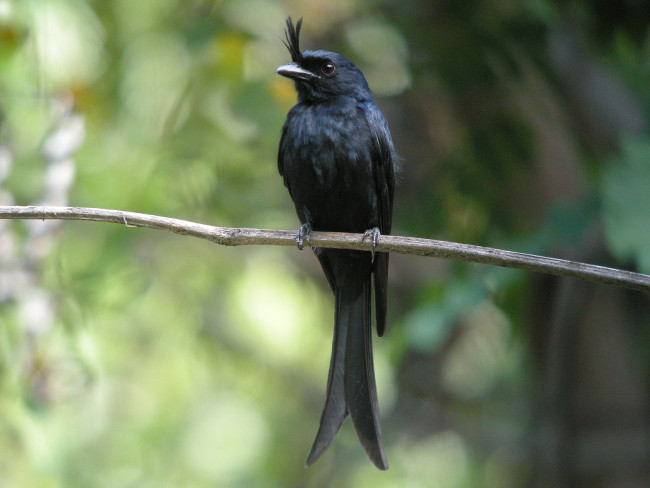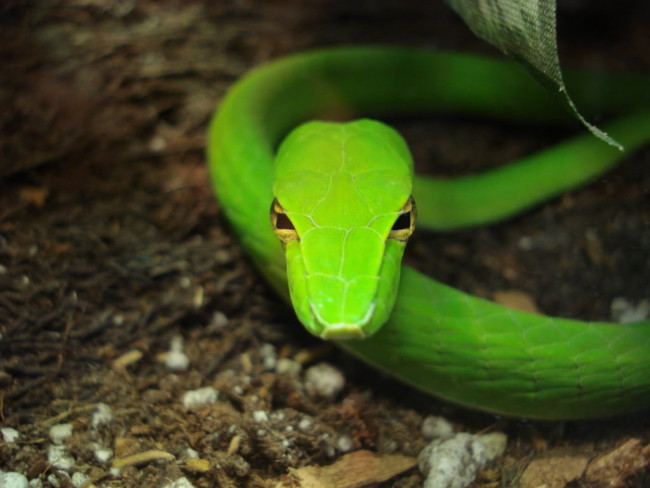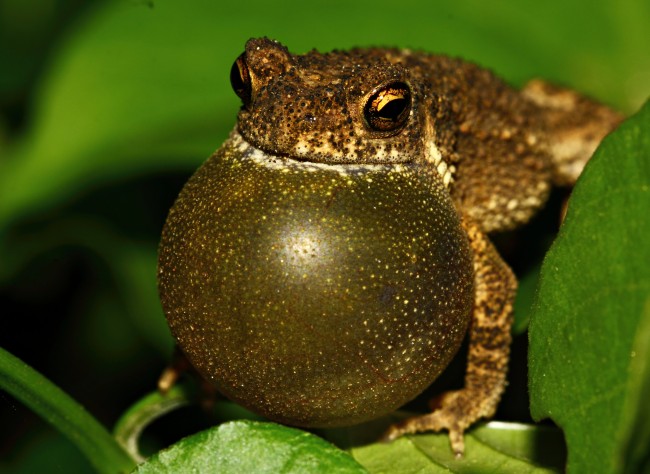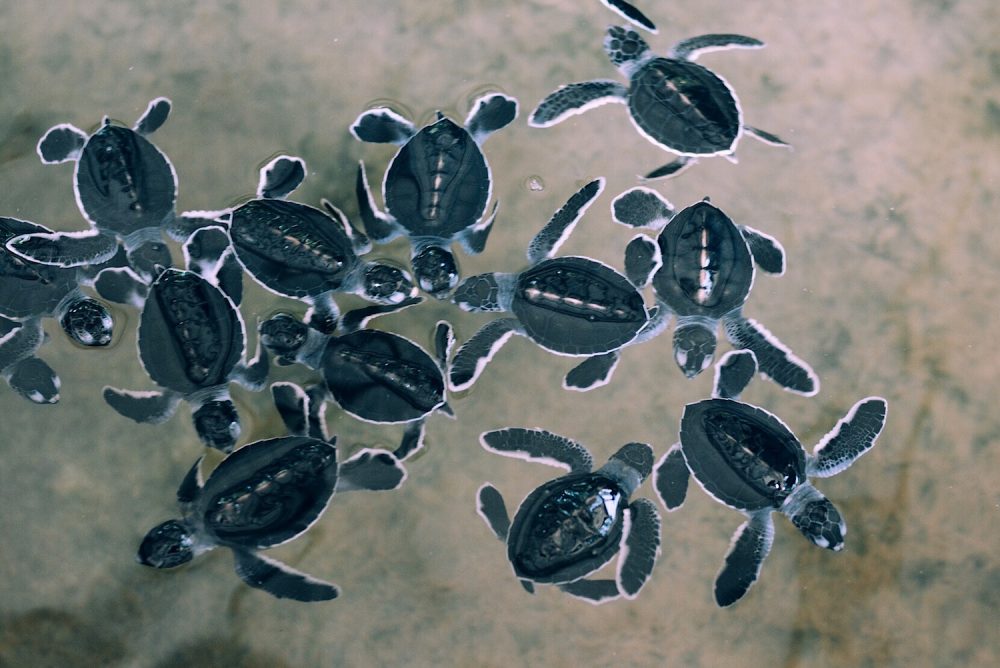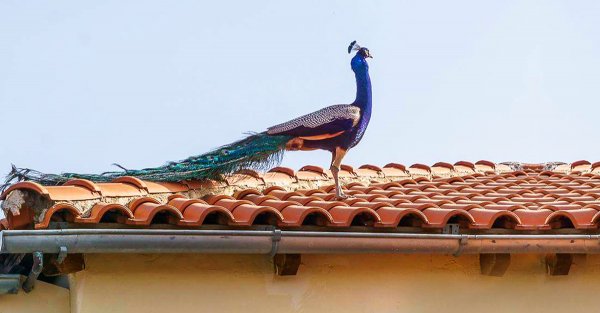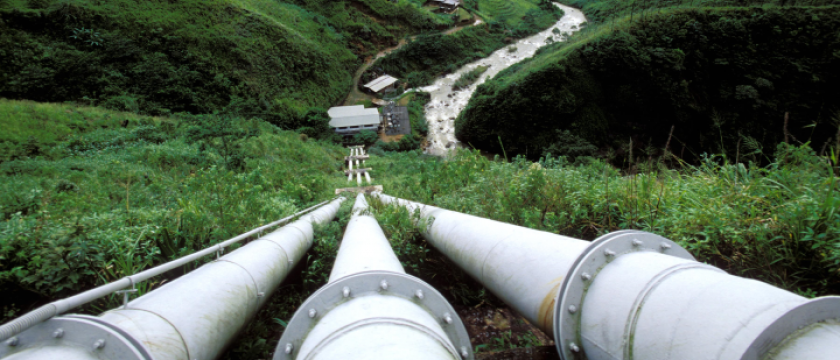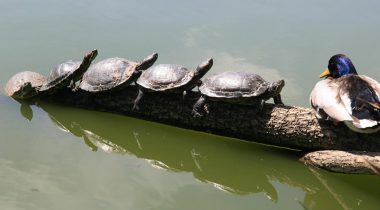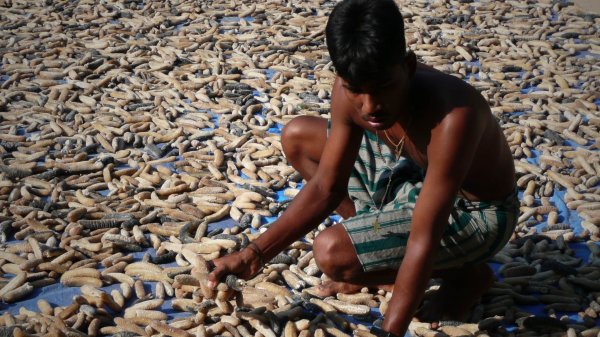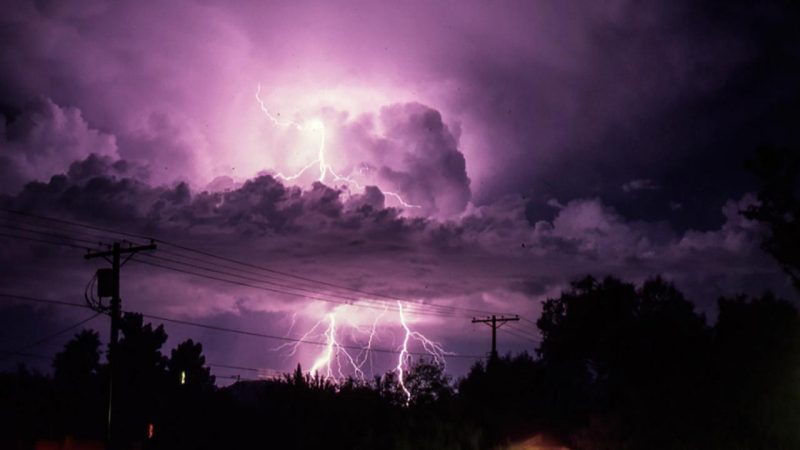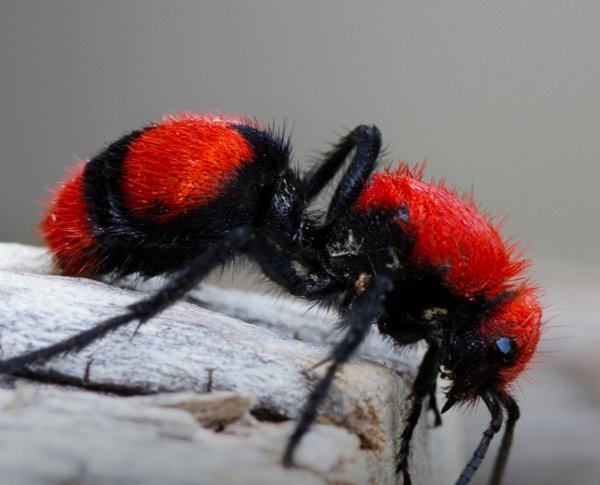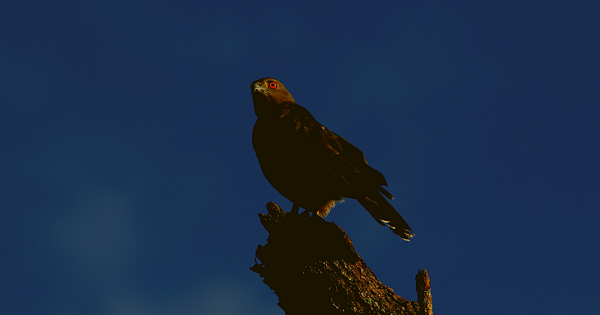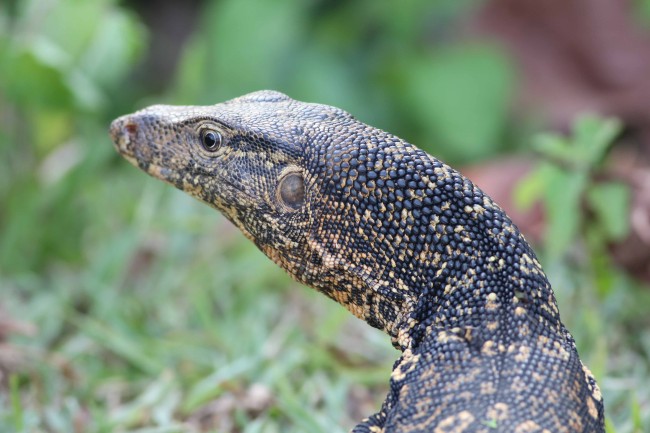
Increased development in and around Colombo over the last few years has meant that the average family has more to do outdoors. Public places, such as the Diyatha Uyana area in Battaramulla, and the Urban Wetland Park in Nugegoda, offer great spaces for walking, jogging, cycling, or even to just hang out.
Look a little beyond this, and you’ll notice a rather rapid urbanisation in these areas, as well as in Kotte, Attidiya, Bellanwila and a number of other locations. The visible increase in housing settlements in these places can be credited largely to the peaceful environment, away from the hustle and bustle of the city centre.
This, however, has raised concerns regarding threats to the city’s non-human inhabitants. As strange as it seems to read the words ‘wildlife’ and ‘city’ in the same sentence, the fact remains that a number of now ‘urban areas’ are adjoining, or very close to, marsh and wetland habitats.
A Threat to Biodiversity
Many people are aware that a loss of biodiversity occurs as a result of urbanisation in and around forest areas – but urbanisation can cause problems for biodiversity elsewhere, too, explains Uditha Hettige, Director, Bird and Wildlife Team (Pvt.) Ltd.
“In and around Colombo, for instance, what we have is more swamp area than dry forest. Unfortunately, some people see the wetlands as ‘waste land’ and give this up for development – which has to take place, it’s true, but in a sustainable manner,” he says.
Breaking down the resulting problem, Hettige explains that what we loosely refer to as ‘biodiversity’ is in fact a three-fold situation: including habitat diversity, species diversity, and genetic diversity.
The fact is, the city’s wetlands are home to a number of creatures – and human encroachment upon the wetlands surrounding Colombo is, therefore, a threat to biodiversity at all three levels. And ultimately, urbanisation in these areas ends up affecting bird and insect life, reptiles, amphibians, mammals (such as the fishing cat), and even fish.
Birds
According to Hettige, birds found in the wetland areas can be roughly divided into two types: water birds, and land birds.
Most water birds – such as egrets – eat insects, fish and other aquatic fauna. The main threats to these water birds then, come in the form of disappearing, or polluted, water bodies as a result of urbanisation.
Then there are the land birds – or non-water birds – which depend chiefly on insects for sustenance.
“When we lose habitat diversity, one of the first things we lose, following the plants, is diversity in insects. And to support these [non-water] birds, you will need a lot of insects,” Hettige explains.
Furthermore, he says, these birds specialise in different methods of feeding – the drongo catches and eats its prey in flight, while the babbler eats insects off branches – but often have a preference for the same kind of food. There is, therefore, competition among different species for food – specifically, insects.
With less insects available to these birds as a result of less habitat diversity, they are often forced to move out of the present habitat. Sometimes, if possible, they fly to nearby forest areas. However, there is then a chance of increased density in the bird population of this area, an increased pressure for food, and no sustainability for insect life – a situation that Hettige likens to “a sinking ship.”
Reptiles
As far as reptiles and amphibians are concerned, there are many marsh species living in these areas, explains Dinal Samarasinghe, a herpetologist and Research and Projects Officer at EFL, “When the marsh is disturbed, the animals move out,” he says, adding that this leads to an increase in human encounters with these animals, and sometimes even an increase in bites from, for instance, snakes.
Reptiles found in these areas include monitor lizards, crocodiles, pythons, and sometimes other venomous snakes, such as cobras and the Russell’s viper.
“Pythons need a specific habitat, and they require larger areas. They are often found in forests, but Colombo also has a good population,” says Samarasinghe. Another snake, the Green Vine snake (locally known as the ahaetulla), is found throughout the island, and needs forest cover. In Colombo, it is found closer to wetlands, preferring undisturbed areas, such as those around Nawala and Kotte.
However, when the wetlands are disturbed, these creatures, as well as monitor lizards – like the locally popular kabaragoya (Asian water monitor, or varanus salvator) and thalagoya (varanus bengalensis) – tend to move out, which explains the sightings of these creatures in urban, residential areas – sometimes even in people’s home gardens.
People see these creatures as ‘nuisance animals,’ Samarasinghe explains, which can result in frantic calls to the Wildlife Department, or worse, attempts to kill the creatures.
“Don’t try to handle the animals,” he advises, suggesting that people get in touch with officials from the Department of Wildlife should the situation be very serious.
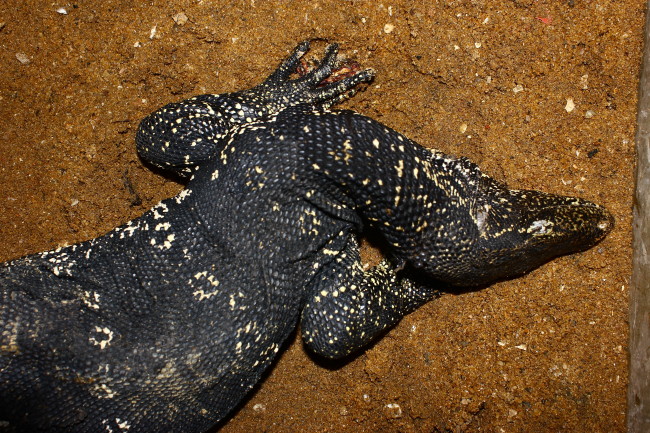
An injured kabaragoya, found in Kalubowila. The animal had a dislocated forelimb, and showed signs of being run over- Image Credit: Dinal Samarasinghe
Crocodiles are another species that have been moving around due to habitat disturbances.
Amphibians
Sri Lanka is known to be an amphibian hotspot, but it is also, unfortunately, known for the highest percentage of extinct amphibians, notes Samarasinghe. As a result, human threats to frog and toad habitats should be a matter of concern.
Several species of local frog live in water – such as skipper frogs, bullfrogs and the six-toed green frog – and most frogs in general require water to breed. Thus, contamination of water due to development and agricultural activities poses a threat to these amphibians, as does the use of herbicides in home gardens surrounding these creatures’ natural habitats. Chemicals infiltrating toad habitats have been known to cause malformations at the tadpole stage in, for instance, the Atukorale’s Toad species (duttaphrynus atukoralei), which is endemic to Sri Lanka.
Fish
Pubudhu Weerarathna, President of the Species Conservation Centre, says that urbanisation in and around wetland areas results in native fish species facing habitat destruction and pollution. Often, the pollution also allows for an increase in a number of invasive species, such as the scavenger fish, making it even more difficult for native species to survive.
So What Can We Do?
Weerarathna explains that the best way to handle the situation is by means of proper law enforcement and monitoring, demarcation of boundaries, and by maintaining an adequate buffer zone around marsh land. He points out that land encroachment and mangrove destruction has extended even to the area of Muthurajawela, despite the region being a protected area due to its high biodiversity.
He notes that Kotte, Attidiya, the Bolgoda basin, and Moratuwa are also areas where animal habitats face threats from human encroachment, and also fall victim to what is referred to as the ‘edge effect’ – when human activity around marsh edges results in pressure on the marshland.
Meanwhile, Uditha Hettige of BWT has suggestions that could perhaps be considered in the long term. “We can’t stop urbanisation happening – but we can at least plan cities so that they take up the smallest space possible,” he says, adding that another way to tackle the issue would be to build skyscrapers, instead of large numbers of single storey structures that would take up more ground space.
Another solution, he says, is the development of city parks – with high biodiversity. This would mean planting more varieties of trees and plants, which would in turn facilitate survival of more species. “It can also be a place where people can go out to relax. A good example is perhaps Central Park in New York, which is one of the busiest cities in the world,” he said. He admitted however that this kind of venture would require a great deal of planning.
This idea may sound a bit fantastical for now, but with the series of urban development projects currently in the pipeline, there is no denying that city planning should pay attention to avoiding further threats to wildlife.

